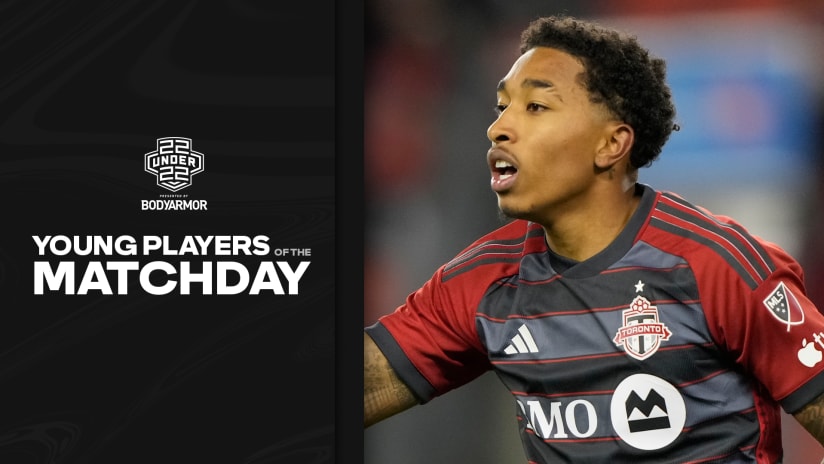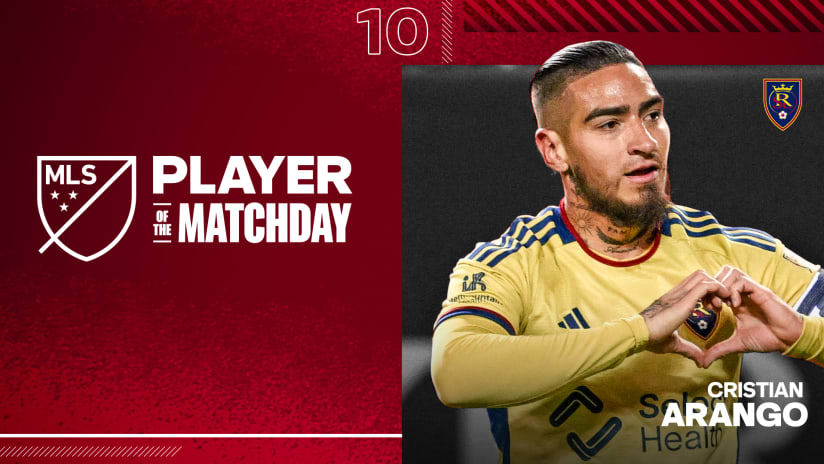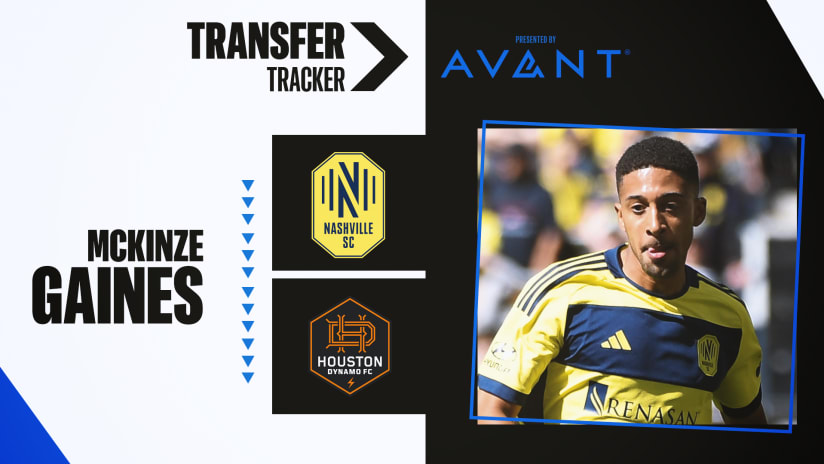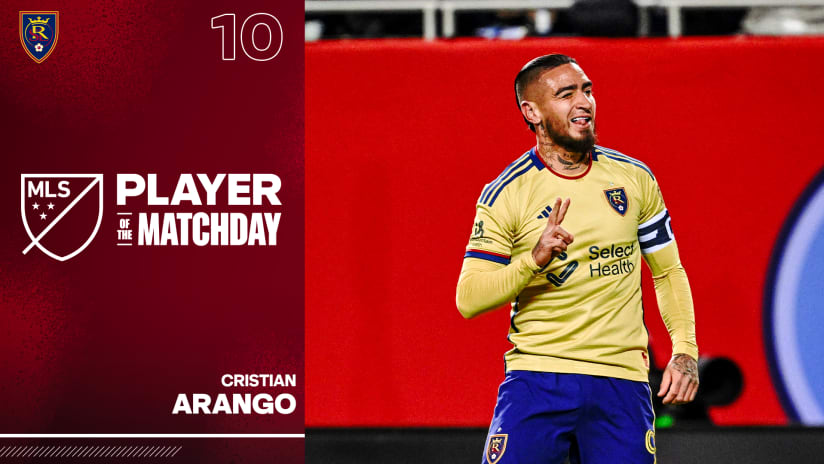Everything you gain in life comes at a price. So it is with expansion in Major League Soccer.
MLS is bullish on expansion these days, which is a good thing by almost everybody's estimation. Even in uncertain economic times overall, there is a waiting queue for cities interested in climbing aboard the MLS Express. That's why Commissioner Don Garber is talking up the real possibility of an 18-team league by 2010 or 2011. MLS will play with 14 teams next year, then 15 or 16 in 2009.
But what about the burden of cost, the inevitable growing pains? There are two potential downsides to rapid expansion. One is potentially destabilizing the MLS foundation through weakened or diluted ownership.
In the old NASL, eager owners without sufficient financial heft waded in over their heads. At a far higher level, it wasn't much different than today's subprime mortgage crisis. Soon the bills came due. The less wealthy NASL owners couldn't keep up. It rocked the whole enterprise and the league unraveled.
That part isn't much of a worry today, for Garber seems to have a firm grip on it. With history as a guide he understands the potential cost of destabilization and isn't likely to repeat mistakes that can upset financial footing.
The other potential trap in rapid expansion is in maintaining competitive quality. A desire to uphold the current standard is precisely what drove the most significant rule changes announced by MLS on Tuesday.
Essentially, each team will have the flexibility to add one additional foreign player. Previously, teams were allotted seven international spots, four categorized as Senior Internationals and three as Youth Internationals. Now each club may have eight internationals, which no longer will be split into "Youth" or "Senior" designations.
(The rules have been tweaked a bit, too, for Toronto FC, which is always a bit of a wild card when it comes to foreign player distinctions. TFC has been awarded two additional international player slots, which may be used only for U.S. talent.)
Given the impending rapid expansion, Gazidis and the league board of directors had to ask themselves if the domestic talent pool was sufficiently deep to absorb new teams and still maintain quality.
It was an important question, given the strides in quality achieved in 2007. Anyone who watched more than a handful of games could see that in 2007 the product was simply better. Everything improved: skill on the ball, speed of thought, tactical choices, etc. Foreign additions certainly assisted the cause. And not just designated players such as Juan Pablo Angel and Cuauhtemoc Blanco. Bargain finds such as Juan Toja and Luciano Emilio played a big role, too, as the games added more YouTube moments and greater general fizz.
"To risk losing that momentum as we go through this period of expansion would really be shooting ourselves in the foot," Gazidis said, adding a layer of soccer-specific irony to the old sports cliche. "To do something that shackles you during that period, or you could even argue, something that takes you backward, would be the height of foolishness."
So, to assuage those concerns, MLS will allow teams to reach a little deeper into the foreign player supply lines.
All international player slots are now assets that can be swapped or shopped. Some were before, but that has now been simplified. In fact, a push to simplify the dizzying array of personnel governances also drove the new changes. The way allocation money, salary budgets and player designations functioned as commodities had become increasingly arcane. (They still are, just less so.)
Even Gazidis admitted that the splits in terms of allocation money had become, "incredibly involved and unnecessarily complicated." And if it's tough on Gazidis, the rest of us don't have much of a chance.
So, in the real world, once the 2008 adidas game balls begin spinning, what will this mean? While it will be technically possible for a team to line up without a single U.S.-born player, it's not very likely.
The fiscal realities would probably prevent it. There are plenty of good U.S. players available through the SuperDraft and coming in via the Generation adidas program. Lots of them can compete with foreign players on the lower end of the pay scale, the kind that would need to be purchased if a team wants to fill up its roster with fancy accents.
And speaking of costs: don't expect a parade of new high-profile signings to come out of this. There surely will be some evocative names joining MLS, but the flow will remain contained. The market economics will continue to drive clubs toward younger foreign players, regardless of the absence of officially assigned youth or senior designations.
In general, think more along the lines of Juan Toja and Panchito Mendoza, as opposed to Abel Xavier or DPs like Angel.
Gazidis says none of this represents a shift in MLS unofficial policy. "The American player will continue to be the backbone of league," he said. "They always will be. But the better league we have to play in, the better they will become."
He cited Chicago's Chris Rolfe as an example. Rolfe, a U.S. international, is better player today, Gazidis believes, because he spent half a season exchanging passes with Blanco.
While Gazidis can be certain that the unofficial mandate of developing U.S. talent won't change, he can't so sure about the rules governing foreign participation. Limits could remain unchanged for a significant period. Or the league could subtract a player or two from the foreign limit one day. Major League's Soccer initiatives toward youth development will have a lot to say about it.
That will be a fluid evaluation process, just like the situation with TFC, Gazidis said. Last year's limits regarding Canadian and U.S. players at BMO Field was, basically, an educated guess. With a year to evaluate the Canadian pool the league adjusted slightly to maintain a competitive balance.
The other major news announced Tuesday concerned the Designated Player rule as it affects three high-salaried players, a talented trio already attached to MLS rosters before the rule was agreed that allowed David Beckham to come into the league as the first and highest-profile signing. The Galaxy's Landon Donovan, Kansas City's Eddie Johnson and Carlos Ruiz of FC Dallas will not occupy a DP slot for 2008 or 2009, even though their salary is above the maximum individual player limit.
The clubs are responsible for paying the difference beyond the number that applies to the team's maximum salary budget. That's really just a technical point. (Unless you're the one writing checks, of course.)
The change assists all three clubs. But in reality it helps the Galaxy more than others, as it relieves a real pressure point. Under the former construction, the Galaxy would have needed to trade Donovan or Beckham, or forfeit significant talent to acquire another DP slot in order to keep both of them.
Gazidis understands the fan mentality, and doesn't mind how passion might drive accusations of favoritism. But in the league's defense, he reminds everyone how the Galaxy was actually being punished before. When Los Angeles acquired Donovan from Germany's Bayer Leverkusen in 2005, they couldn't possibly anticipate that three years later keeping him would mean moving good players to other clubs.
Steve Davis is a freelance writer who has covered Major League Soccer since its inception. Steve can be reached at BigTexSoccer@yahoo.com. The views and opinions expressed in this column are those of the author's, and not necessarily those of Major League Soccer or MLSnet.com.











